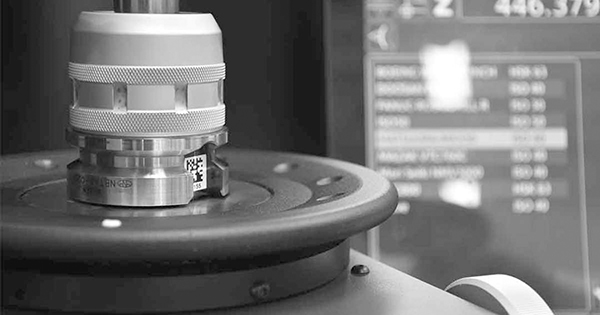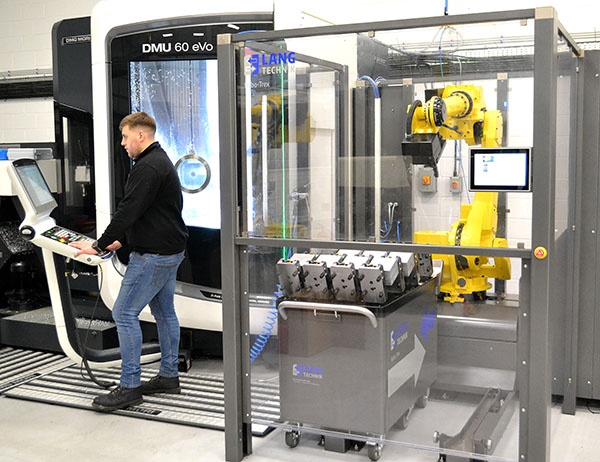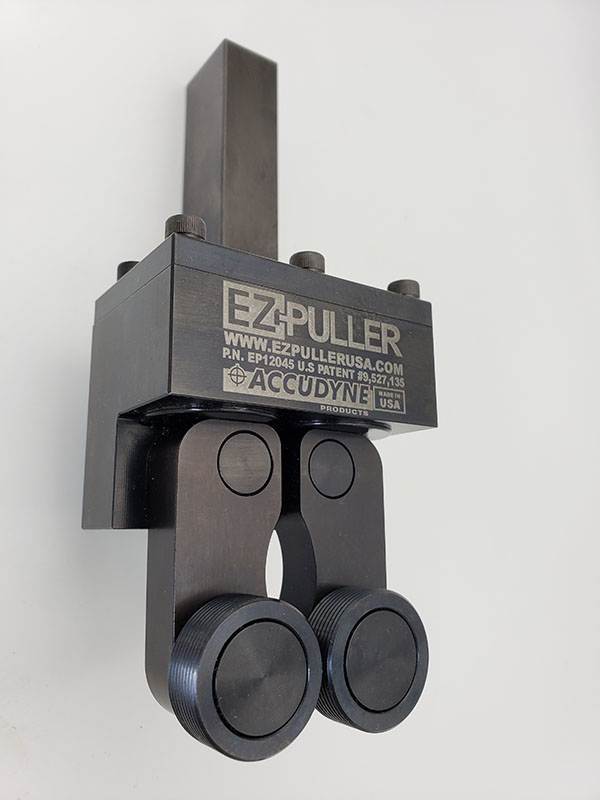
The Industry 4.0 revolution has seen many companies reconsider the day-to-day running of their facilities; now more than ever customers are introducing automation and cloud-based data sharing into the manufacturing process. Nikken’s global team of engineers is proud to have created a range of advanced digital solutions, designed to work alongside the company’s products to increase productivity and optimise any process.
One such example is Tool ID. Developed in collaboration with partner Elbo Controlli, Tool ID is a suitable way of introducing Industry 4.0 processes to any tool room. Designed to provide two-way transfer of measurements between the presetter and the machine’s NC tool table, Tool ID incorporates a handheld scanner that is fully integrated with the presetter to scan and read a unique data matrix tag located on the tool. Once the tool has been measured, the measurement data is centralised within the Tool ID database, ready to be accessed from a similar scanner located at the machine.
Another innovation is TP32, Nikken’s all-encompassing tool data management system, which controls all tooling assemblies and components, providing a complete database of stock, item locations and machines. Suitable for busy shop floors, TP32 streamlines any tooling process, providing overall management of setting sheets per machine and per part, ensuring the use and logging of correct gauge lengths.
In addition, for tracking manufacturing performance Nikken offers its I/O condition monitoring system, which allows customers to actively study the day-to-day functions of their Nikken rotary product via customisable data visuals. Nikken I/O can provide additional reassurance that equipment is functioning at maximum capacity by collecting live data on uptime, usage, collisions, backlash and servo current.
For further information
www.nikken-world.co.uk























